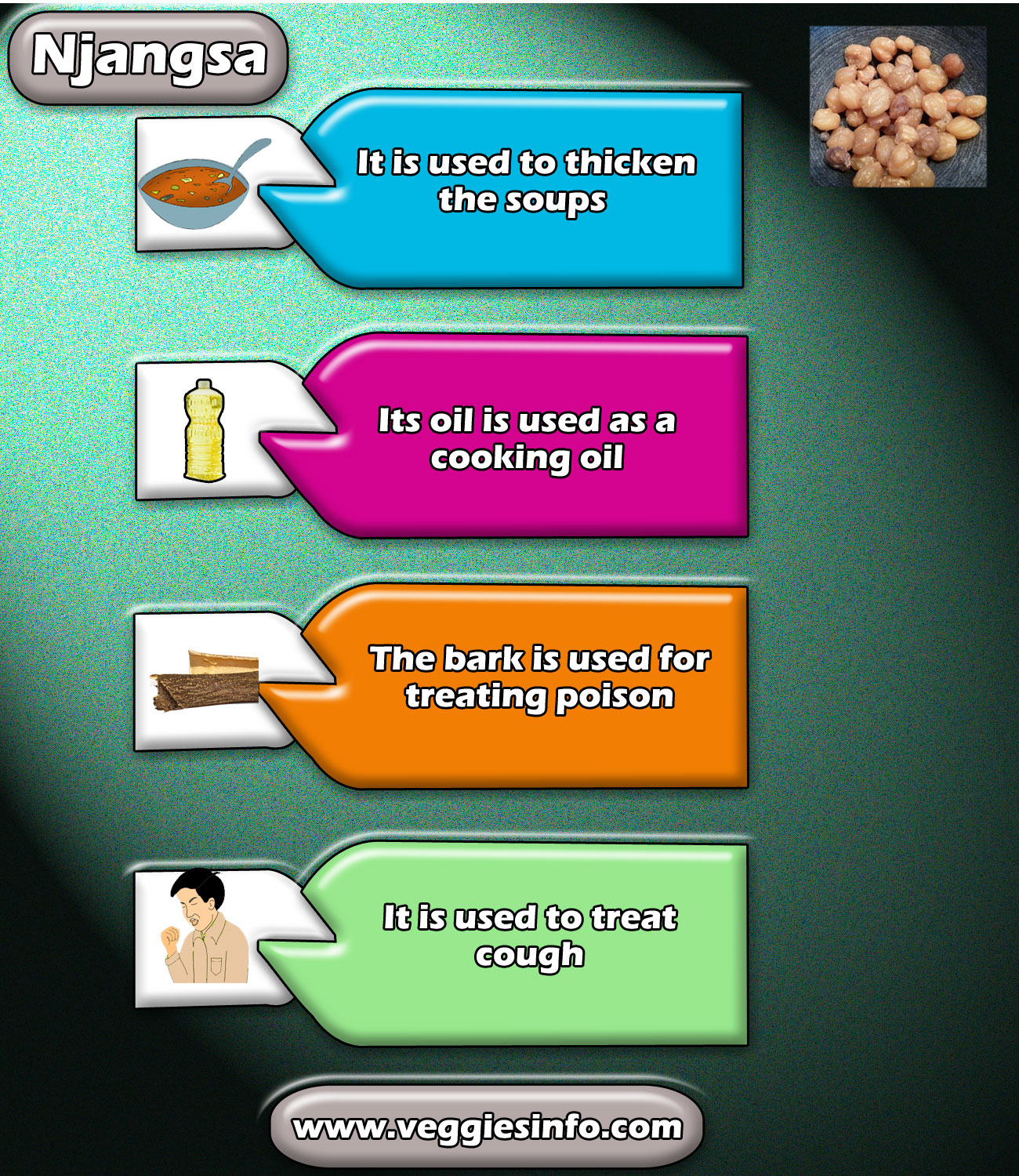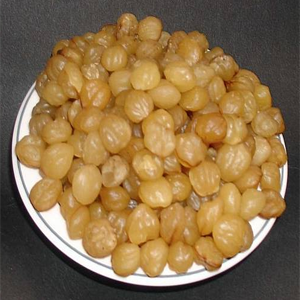Njangsa Characteristics And Its Facts
Everyone likes to take a sip of coffee and read many newspapers in the morning. This is a daily ritual followed by millions of household men.
The day will not start for them without reading the headlines of the famous newspapers.
But there is an interesting question, how are these papers manufactured? Paper pulp is a raw material for manufacturing paper which contains grasses, bark of the trees and extracts from the paper mulberry.
This topic will deal with a plant named Njangsa. The botanical name of this plant is Ricinodendron heudelotii.This oily seeds tree is found in tropical West Africa.
[tribulant_slideshow gallery_id="370"]
The other common names of this plant are Munguella, Essessan, Bofeko, Wama, Okhuen, Kishongo, Akpi, Djansang, Essang, and Ezezang.
How Its grown
- Njangsa plant grows at rapid speed and achieves a height of 50 m and 2.7 m diameter.
- It has a straight trunk and broad roots. Njangsa is a dioecic plant.
- The color of the flowers is yellowish white which measures 5 mm long and the terminal pinnacle measures 40 cm.
- The flowering starts during the month of April and May.
- The Njangsa flowers have both male and female organ.
- This three lobed fruits that are produced by this incredible tree contains 2 cells in which the seeds lie.
- The color of the seeds is red-brown to black in color and measures 1 cm in diameter.
- The oily seeds can be bought raw or dried.
- The odor of the seed will be somewhat like a chocolate but the flavor is extremely unique and aromatic.
Where Its Found
- The trees are found abundantly from Senegal to Sudan, Uganda and Tanzania and till sub-saharan Africa to Angola.
- This tree is also found in Madagascar.
- This sunlight dependent plant grows well in rain forests, deciduous forests, forest edges, secondary shrubs and thickets in savannahs.
- The nutrition rich kernels are used as a flavoring agent in West and Central Africa.
Properties And Uses
- The paste of the delicious kernels is used to thicken soups and stews.
- The small amount of yellowish oil extracted from the seeds tastes similar to groundnut oil.
- This oil is used as cooking oil and margarine.
- The traditional doctors use the bark of the tree for treating poison, malaria, cough, yellow fever, stomach pain and rheumatic problems since it contains a chemical named lupeol.
Njangsa Characteristics
- It other characteristics of this plant are aphrodisiac and anti-inflammatory properties.
- The seed husk is used for treating diver’s illness.
- Burnt kernel seeds ashes and cake is used as fertilizer.
- The leaves are also used as a fodder for livestock during dry season.
- The oil extracted from kernel is used for soap and varnish products.
- The people of Cameroon play a game named ‘songho’ using dried seeds.
- The Nigerians play a a game named ‘okwe’ using these seeds.
- In Sierra Leon they use it in ‘bundu’ dance.
- The main production area is humid forest of Cameroon.
- The tree is found abundantly in open parts of the forest.
- The kernels are harvested during the months of September and October.
- This tree yield fruits every three years and few trees yields every year.
Benefits of Njangsa

Health Benefits of Njangsa
Facts
This plant is considered as a new crop and is domesticated only after 1995.
This plant grows in lowlands and required medium textured ultisols and oxisols soil.
It expects minimum 1000 mm and maximum 3000 mm rainfall in a year. The plants require plenty of water for growth and needs best fertilizers.
This plant can be attacked by caterpillars. This plant produces fruits after 7 years of age in forests and 4 years of age in plantations.
(Visited 4,508 times, 1 visits today)
